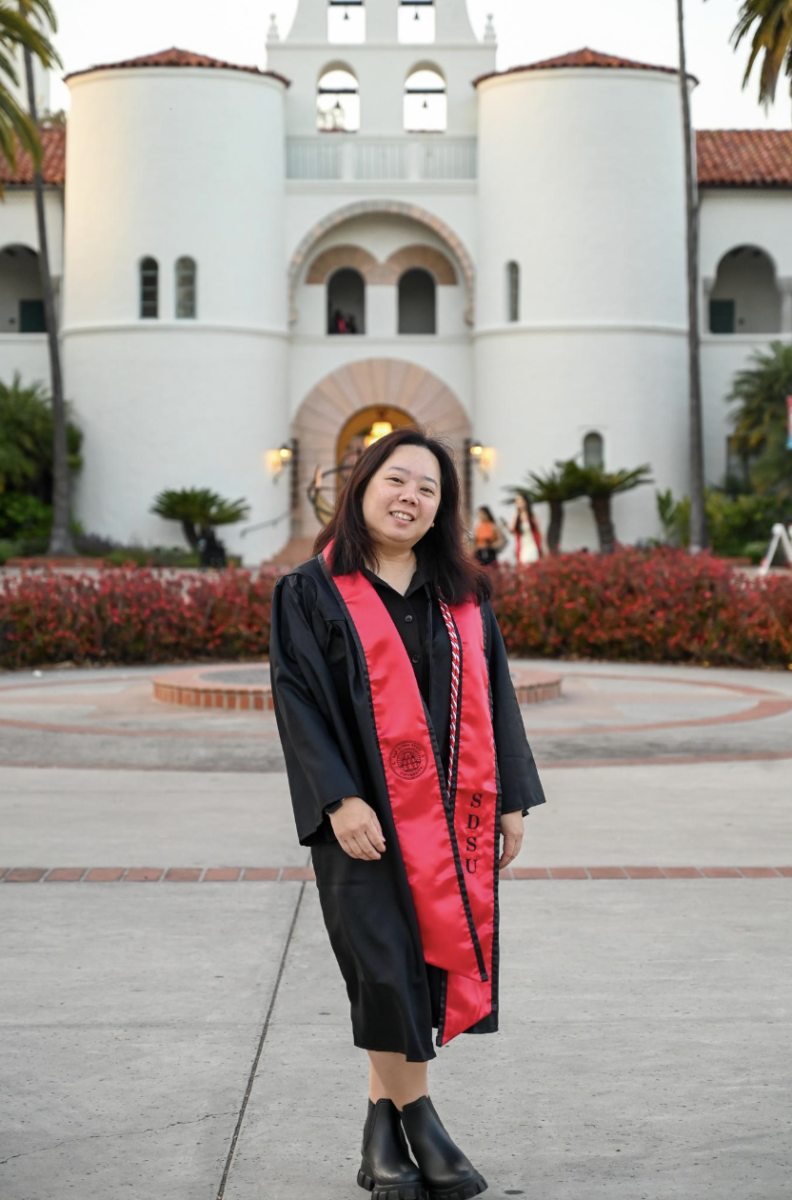S an Diego is in a pothole, literally. The city has more than $900 million worth of backlogged infrastructure projects to repair including potholes, buildings, and broken pipes. To make matters worse, the city government already has a $40 million budget deficit and it costs $31 million just to maintain the status quo on infrastructure for the next year.
an Diego is in a pothole, literally. The city has more than $900 million worth of backlogged infrastructure projects to repair including potholes, buildings, and broken pipes. To make matters worse, the city government already has a $40 million budget deficit and it costs $31 million just to maintain the status quo on infrastructure for the next year.
Repairing our infrastructure should be a top priority for both the San Diego City Council and Mayor Bob Filner. Maintaining local infrastructure is important to keep the roads we drive on and the buildings we work in from crumbling beneath our feet or on top of us. The backlog is a failure of former Mayor Jerry Sanders’ administration, which ignored redevelopment and infrastructure projects to focus more on the already prosperous downtown area. However, the city must come up with a reasonable plan to pay for it. San Diego can’t afford to continue throwing money at projects when it does not have the funds to pay the bills.
Unfortunately, San Diego lawmakers seem bent on using temporary solutions to fix the problem. One councilman proposed borrowing money from bonds to pay for the infrastructure project, which is like putting a Band-Aid on a broken leg. Using bonds for every fiscal problem the city faces puts the city even further in debt. This will reduce the amount of funding for other big projects in the future. The city could already pay as much as $42 million back to the state government on bonds from previous redevelopment projects this year. Considering the deficit the city is already facing, bonds should be a last resort, used only if officials cannot find the money elsewhere.
City Council President Todd Gloria called for a ballot initiative to address the problem, but wasn’t specific about how the ballot measure would fix the problem. Only tax increases require a ballot initiative, but Gloria said a ballot initiative does not necessarily have to increase taxes. So, does Gloria plan on using a ballot initiative to borrow more money or to use money the city doesn’t have, which could create an even bigger deficit?
San Diego has clearly learned nothing about fixing deficit problems. As both the state and federal governments have learned the hard way, you can’t fix a financial mess by only addressing spending cuts or increasing taxes. A combination of both will likely be needed and politicians will have to make painful decisions to fix both the city’s deficit problem and the infrastructure backlog.
San Diego has some of the lowest tax rates in the state and it’s obvious the city needs more revenue. While Gloria’s plan for a ballot initiative seems lacking in fundamental mathematics, a ballot measure to increase taxes for infrastructure would be a much wiser investment than a ballot measure that spends money on wasteful projects. No one likes to pay higher taxes, but taxes are a necessary evil to help pay for basic needs, such as education, safety and infrastructure. As a taxpayer, I would much rather have my tax money go toward basic needs than to build a new stadium for the San Diego Chargers. Increasing the sales tax by as little as 0.5 percent could raise millions in new revenue for San Diego while doing little to hurt San Diegans’ pocketbooks. Contributing our own money is the right thing to do as honorable citizens. Furthermore, a tax increase with provisions guaranteeing money would help with infrastructure projects that would boost our economy by creating jobs for people who work in construction.
However, raising taxes alone would not be enough to get San Diego out of debt. The city will need to cut wasteful and unnecessary spending and can start by repealing Proposition B, a costly retirement ballot initiative that passed in last June’s primary election. Proposition B is already threatening to cost $54 million during the next three years, including $28 million this year. This is in addition to last year’s $231 million spent by the city on pension payments.
Taking care of our infrastructure backlog will not be easy. It will require a lot of tough
decisions and hard work from local leaders.






